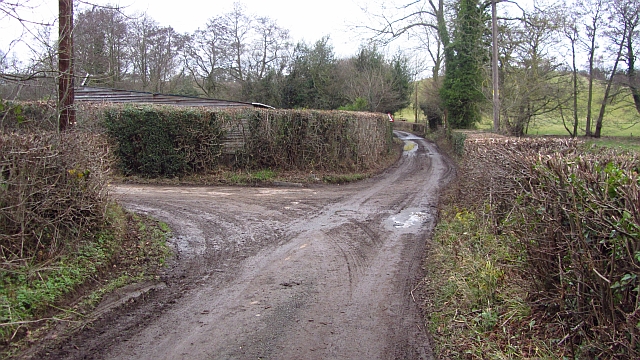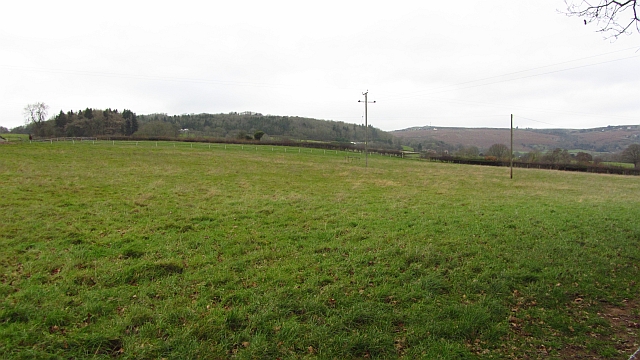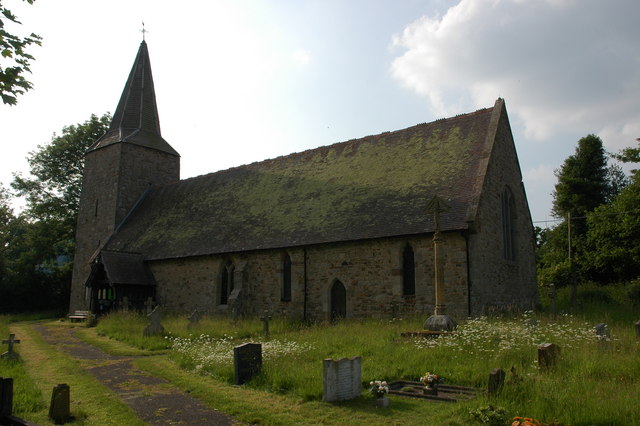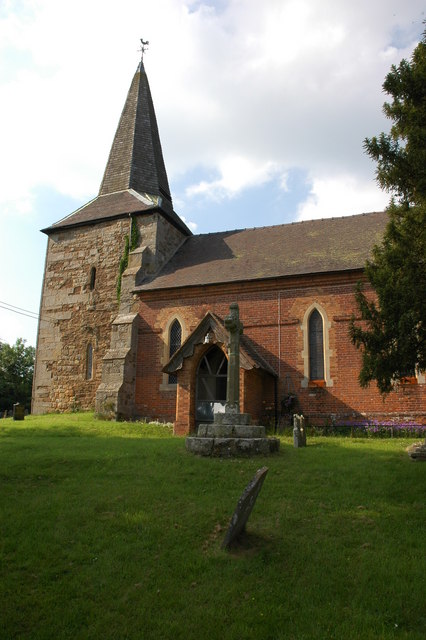Whatmore
Settlement in Shropshire
England
Whatmore

Whatmore is a small village located in the county of Shropshire, England. Situated approximately five miles west of the town of Ellesmere, it is nestled in the picturesque countryside of the Welsh Marches. The village is part of the civil parish of Welshampton and Lyneal.
With a population of around 200 residents, Whatmore is a close-knit community that offers a tranquil and peaceful environment for its inhabitants. The village is characterized by its charming cottages and traditional architecture, which adds to its rustic charm. The surrounding landscape is dominated by rolling hills, lush meadows, and scenic woodlands, providing ample opportunities for outdoor activities such as hiking, cycling, and birdwatching.
Despite its small size, Whatmore has a strong sense of community spirit, with various community events and activities organized throughout the year. The village boasts a local pub, The Oak Inn, which serves as a popular meeting place for locals and visitors alike. Additionally, the nearby town of Ellesmere offers a wider range of amenities including shops, restaurants, and schools.
Whatmore's location also provides easy access to several notable attractions in the area. The nearby Ellesmere Lake, known as The Mere, is a popular destination for boating and fishing enthusiasts. The historic town of Shrewsbury, with its medieval architecture and charming streets, is just a short drive away.
Overall, Whatmore offers a delightful blend of rural living, natural beauty, and a strong sense of community, making it an idyllic place to reside or visit in Shropshire.
If you have any feedback on the listing, please let us know in the comments section below.
Whatmore Images
Images are sourced within 2km of 52.34143/-2.5725625 or Grid Reference SO6171. Thanks to Geograph Open Source API. All images are credited.


Whatmore is located at Grid Ref: SO6171 (Lat: 52.34143, Lng: -2.5725625)
Unitary Authority: Shropshire
Police Authority: West Mercia
What 3 Words
///rags.headrest.losses. Near Tenbury Wells, Worcestershire
Nearby Locations
Related Wikis
Nash, south Shropshire
Nash is a small village and civil parish located in Shropshire, England, situated south east of Ludlow and north of Tenbury Wells. The parish had a population...
Boraston
Boraston is a small village and civil parish in Shropshire, England. It is situated in the West Midlands, approximately 0.8 mi (1.3 km) north of Worcestershire...
Coreley
Coreley is a small, dispersed village and civil parish in south Shropshire, England, near to Clee Hill Village. It is situated approximately 30 miles...
Knighton on Teme
Knighton on Teme is a village and civil parish once in the hundred of Doddingtree and now in the Malvern Hills District of the county of Worcestershire...
Nearby Amenities
Located within 500m of 52.34143,-2.5725625Have you been to Whatmore?
Leave your review of Whatmore below (or comments, questions and feedback).


















